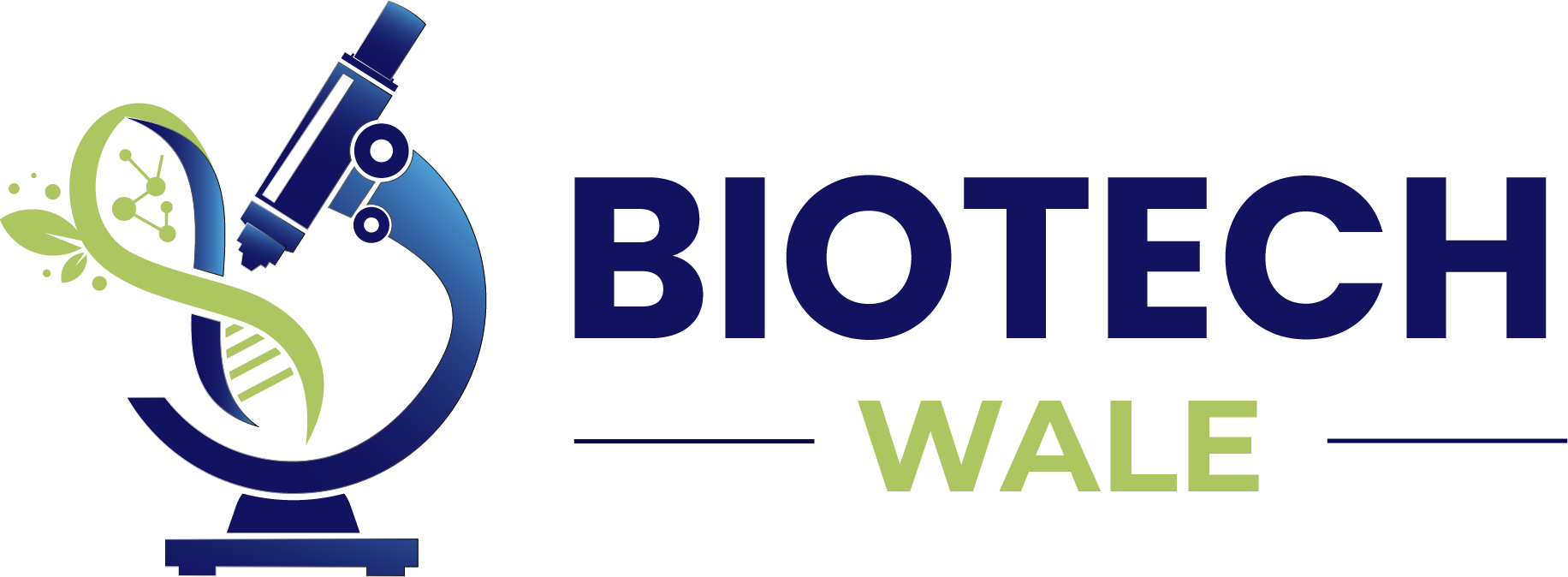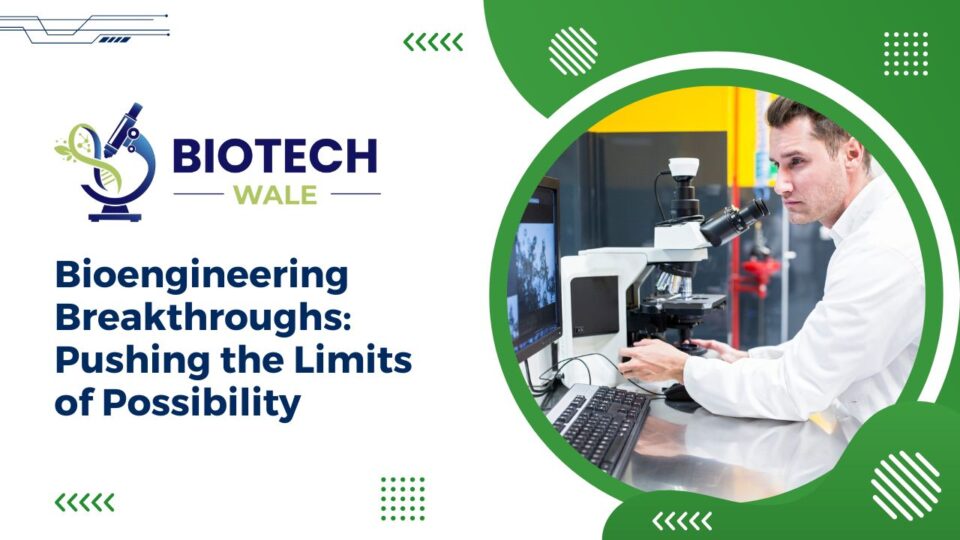Introduction to Bioengineering and Its Potential
Welcome to the exciting world of bioengineering, where science fiction meets reality and innovation knows no bounds. Bioengineering is a field that constantly pushes the limits of what is possible, blending biology with engineering to create groundbreaking solutions for some of humanity’s most pressing challenges. In this blog post, we will delve into the latest breakthroughs in bioengineering that are shaping the future of healthcare, technology, and more. Join us on this journey as we explore the incredible potential of bioengineering and how it is revolutionizing our world.
Current Breakthroughs in the Field
Bioengineering is a field constantly pushing the boundaries of what was once thought possible. In recent years, there have been remarkable breakthroughs that are revolutionizing healthcare and technology.
One area seeing significant progress is tissue engineering. Scientists are now able to create functional human tissues in the lab, paving the way for organ regeneration and personalized medicine. Imagine a world where damaged organs can be replaced with custom-made ones grown from your own cells.
Another exciting development is the use of 3D bioprinting to fabricate living tissues and even organs layer by layer. This technology has the potential to address the shortage of donor organs and improve transplant success rates significantly.
Moreover, advancements in neuroengineering have led to brain-computer interfaces that enable individuals with paralysis to control robotic limbs using their thoughts. This groundbreaking technology offers hope for enhancing mobility and independence for those with spinal cord injuries.
As bioengineers continue to innovate and collaborate across disciplines, we can expect even more astonishing breakthroughs in the future.
The Promise of Regenerative Medicine
Imagine a world where damaged tissues and organs can regenerate themselves, restoring function and health without the need for transplants. This vision is becoming a reality through regenerative medicine, a field within bioengineering that holds immense promise.
By harnessing the body’s natural ability to heal and repair itself, scientists are developing innovative treatments for conditions once considered irreversible. Stem cell therapy, tissue engineering, and gene editing techniques are paving the way for groundbreaking advancements in regenerating damaged tissues and organs.
From repairing spinal cord injuries to growing new heart muscle cells, regenerative medicine offers hope for patients with chronic illnesses and injuries. The potential impact of these therapies extends beyond treating symptoms; it opens doors to long-term solutions that address underlying causes at a cellular level.
As researchers continue to push boundaries in regenerative medicine, the future holds exciting possibilities for personalized treatments tailored to individual needs. By unlocking the body’s regenerative potential, bioengineers are shaping a new era of healthcare focused on restoration rather than just management.
Advancements in Prosthetics and Bionics
Advancements in prosthetics and bionics have revolutionized the way we perceive disability. Cutting-edge technology has enabled the creation of prosthetic limbs that mimic natural movement with remarkable precision. These advancements not only restore physical function but also empower individuals to lead fulfilling lives without limitations.
Bionic limbs, equipped with sensors and microprocessors, can interpret neural signals from the brain to control movements seamlessly. This level of integration between man and machine is truly awe-inspiring, blurring the lines between biology and technology.
The development of bionic eyes holds promise for those with visual impairments, offering hope for enhanced vision through artificial retinas and optic nerve stimulations. The intersection of bioengineering and robotics continues to push boundaries, propelling us into a future where disabilities may no longer constrain human potential.
Innovations in prosthetics and bionics are reshaping our understanding of what it means to be human, highlighting the resilience of the human spirit in overcoming challenges through innovation.
Gene Editing: Controversies and Possibilities
Gene editing, the ability to modify DNA sequences in living organisms, has sparked both excitement and controversy in the field of bioengineering. The possibilities seem endless – from curing genetic diseases to enhancing desirable traits. However, with great power comes great responsibility.
One of the main controversies surrounding gene editing is the ethical dilemma it poses. Should we play “genetic gods” and manipulate the very essence of life? On one hand, gene editing holds immense potential for medical breakthroughs and advancements in agriculture. On the other hand, there are concerns about unintended consequences and unforeseen long-term effects.
The infamous CRISPR-Cas9 technology has opened up a Pandora’s box of possibilities for gene editing but also raises important questions about regulation and oversight. As scientists continue to push boundaries in this field, it’s crucial to navigate these uncharted waters carefully while considering the moral implications of altering our genetic makeup.
Gene editing remains a double-edged sword that requires thoughtful deliberation and consideration before wielding its power recklessly or without restraint.
Ethical Considerations in Bioengineering Research
Ethical considerations in bioengineering research are crucial as scientists delve into uncharted territories where the line between innovation and potential ethical dilemmas can blur.
As we harness the power to edit genes, questions arise about playing “the role of a creator” and meddling with nature’s blueprint. The debate intensifies when considering gene editing for enhancement rather than solely therapeutic purposes.
The implications extend beyond individual choices to broader societal impacts, including accessibility to advanced bioengineering technologies and ensuring equitable distribution of benefits.
Additionally, issues such as consent, privacy, and data security loom large in the era of personalized medicine and genetic profiling. Striking a balance between scientific progress and ethical boundaries is a delicate tightrope walk that requires ongoing dialogue among stakeholders from diverse backgrounds.
Navigating these complex ethical landscapes will be pivotal in shaping the future trajectory of bioengineering advancements towards responsible innovation.
The Future of Bioengineering: Where We Could Be Headed
As we look ahead to the future of bioengineering, the possibilities seem endless. Imagine a world where diseases are eradicated before they even manifest, thanks to personalized gene editing techniques. Picture organs being grown in labs for transplant, eliminating long waiting lists and saving countless lives.
Advancements in prosthetics could lead to limbs that not only mimic human movement but surpass it in strength and agility. Bionic enhancements may become commonplace, enhancing our abilities beyond natural limits.
Ethical considerations will continue to be at the forefront of bioengineering research, ensuring that progress is made responsibly and with respect for human dignity.
With ongoing breakthroughs in regenerative medicine and gene editing technologies, the landscape of healthcare could be transformed beyond recognition. The future holds immense potential for bioengineering to shape a healthier and more resilient society.
Conclusion
Bioengineering is a field that continues to push the boundaries of what was once thought impossible. With groundbreaking advancements in regenerative medicine, prosthetics, bionics, and gene editing, the potential for improving human health and quality of life is immense.
As bioengineers strive to overcome challenges and ethical considerations in their research, it is crucial to remember the profound impact these innovations can have on society. While there are controversies surrounding gene editing and ethical dilemmas to navigate, the future of bioengineering holds great promise.
The possibilities are endless as we look ahead to where bioengineering could take us. From personalized medicine tailored to individual genetic profiles to revolutionary treatments for previously incurable diseases, the future is ripe with potential.
In this era of unprecedented scientific progress, bioengineering stands at the forefront of innovation. By harnessing the power of technology and biology, researchers are paving the way for a brighter tomorrow filled with hope and possibility.





Average Rating